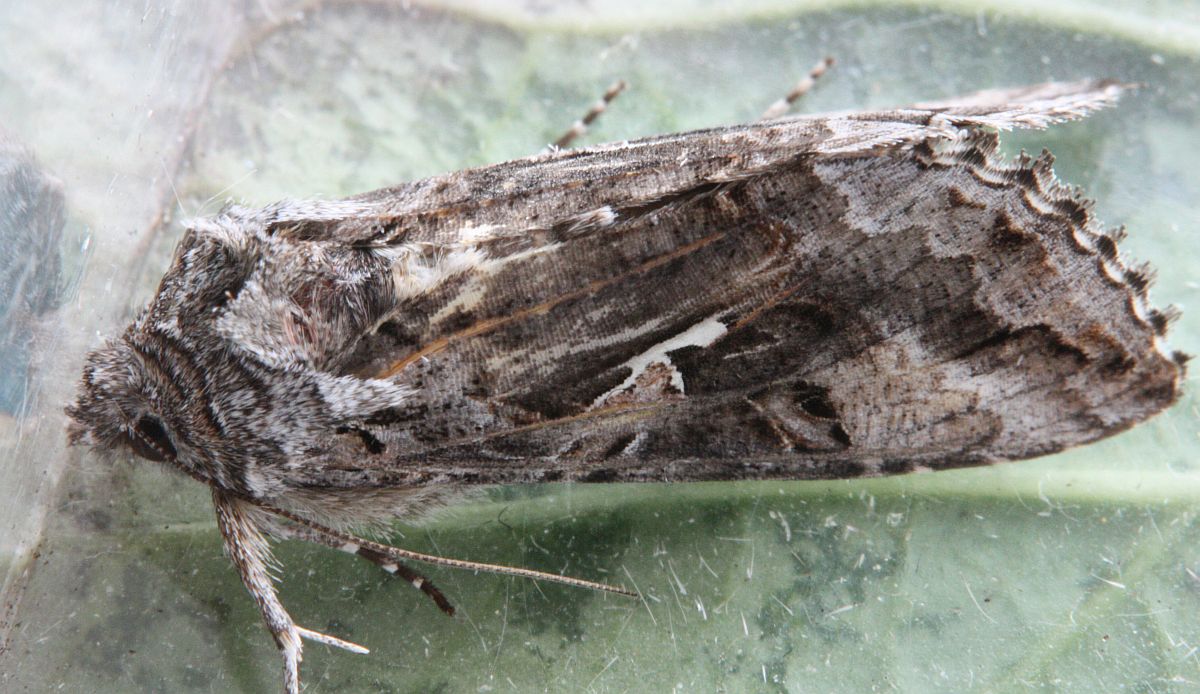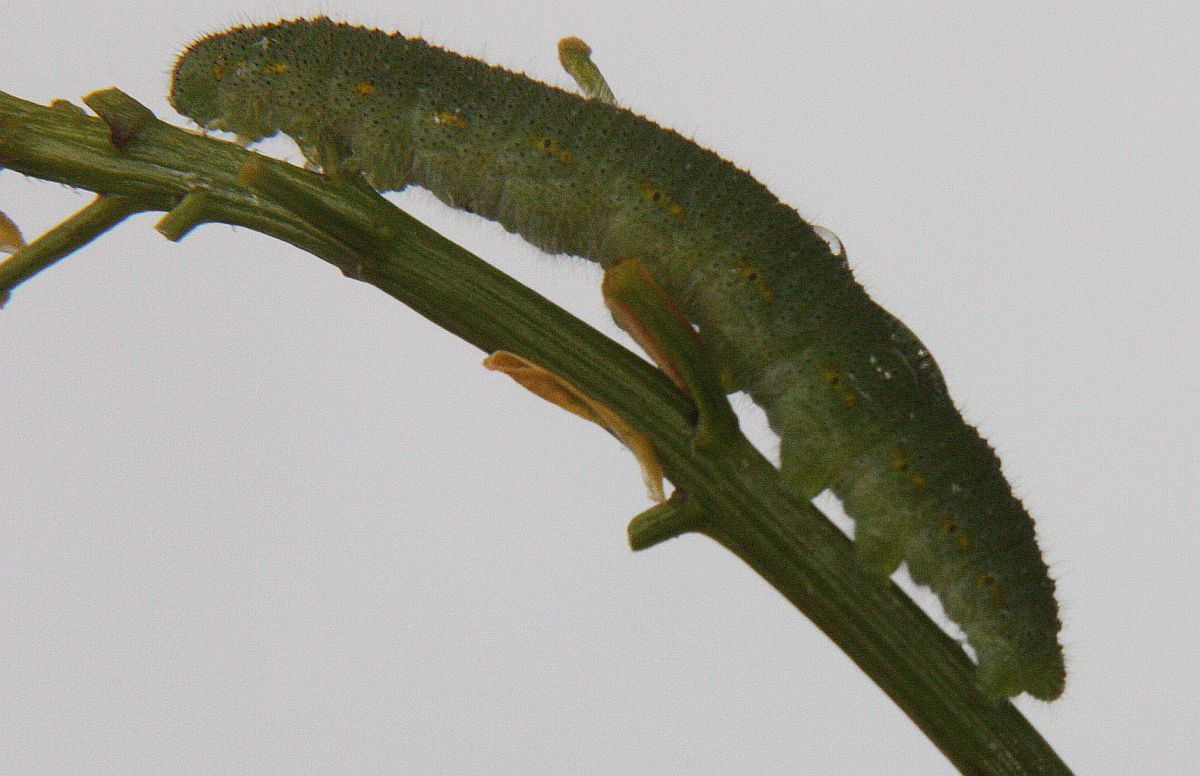2016 November 9
Jeremy Tatum writes: My computer is “up” again, so Invert Alert is back in business. The Cabbage White caterpillar shown on November 4 pupated yesterday. The chrysalis is shown below.

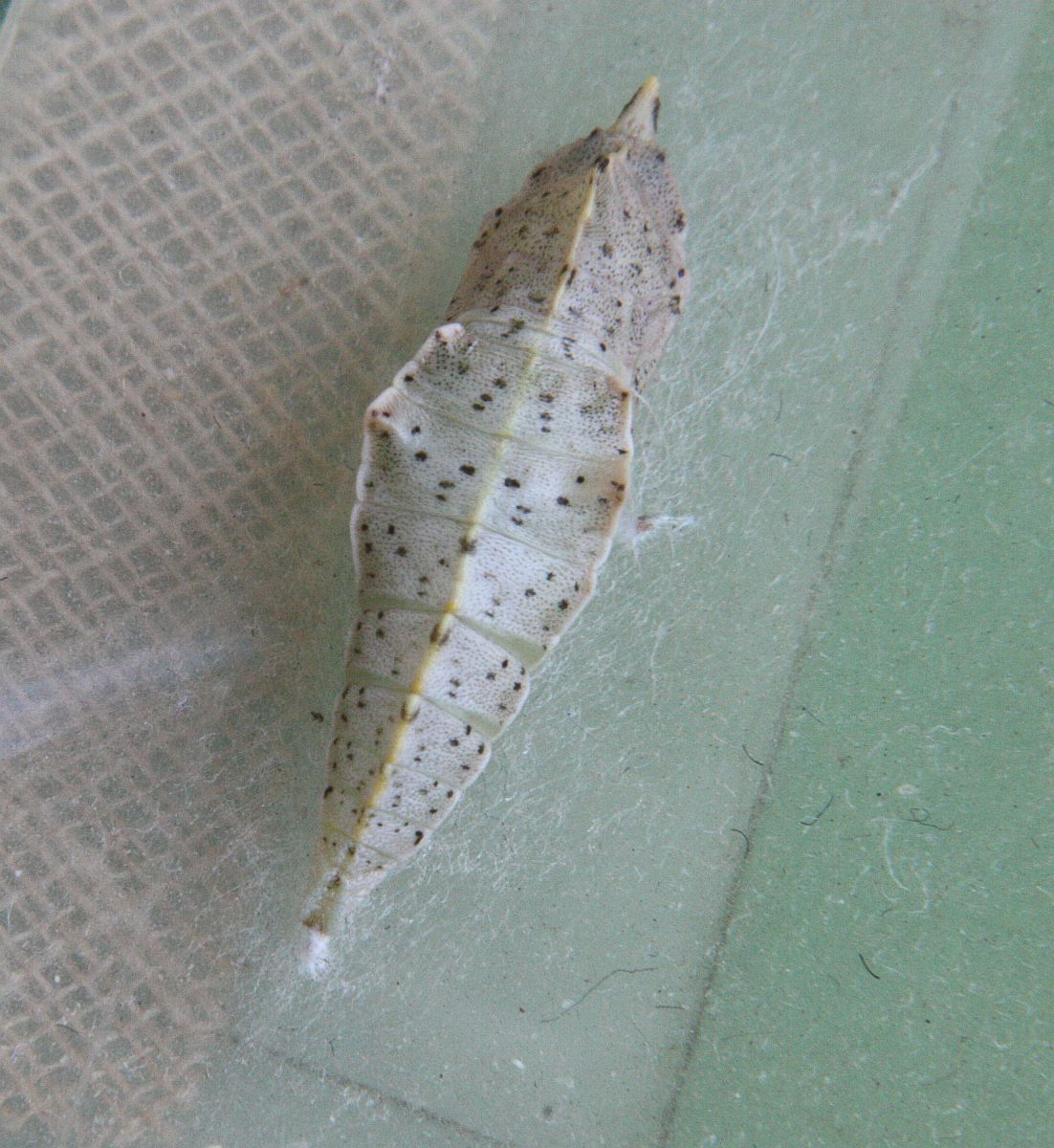
Cabbage White Pieris rapae (Lep.: Pieridae) Jeremy Tatum
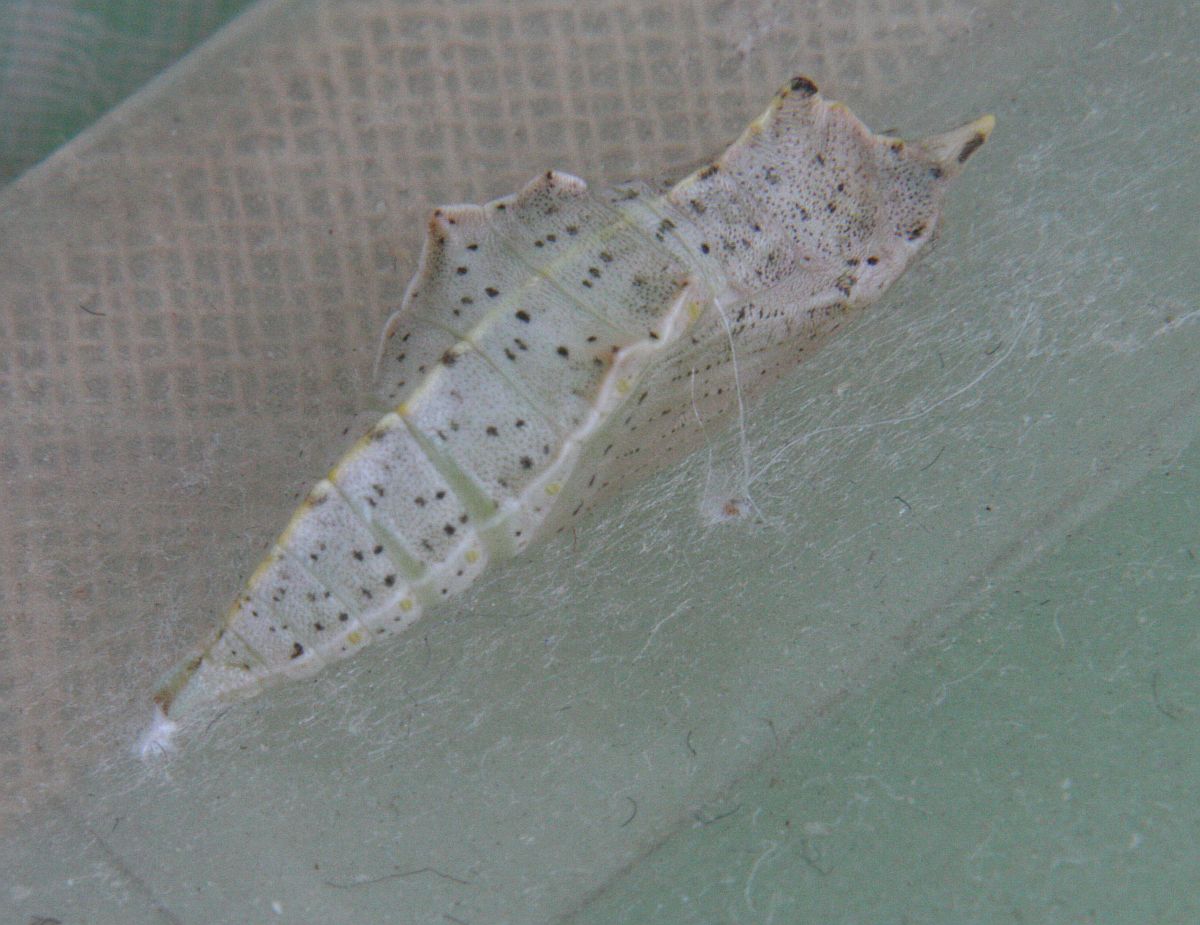
Cabbage White Pieris rapae ( Lep.: Pieridae) Jeremy Tatum
A bunch of correspondence between several entomologists appeared on my screen this morning, speculating about the possible expansion of a spreadwing damselfly Archilestes californicus and the Viceroy butterfly into British Columbia (possibly, one of them suggested, as a result of the Trump effect). Observers are asked, therefore, to keep a look-out for these species next summer. Viceroys are supposed to be Monarch mimics, and indeed they do a remarkably good job of it. But when I saw one in Ontario once, there was no doubt what it was – it was immediately recognizable as a Viceroy, and similar in “jizz” to our Lorquin’s Admiral.
Libby Avis writes: Photo of a surprisingly fresh-looking Mourning Cloak yesterday, Nov. 6th at the Little Qualicum, presumably looking for a spot to hibernate. Not much else around, though – too wet!
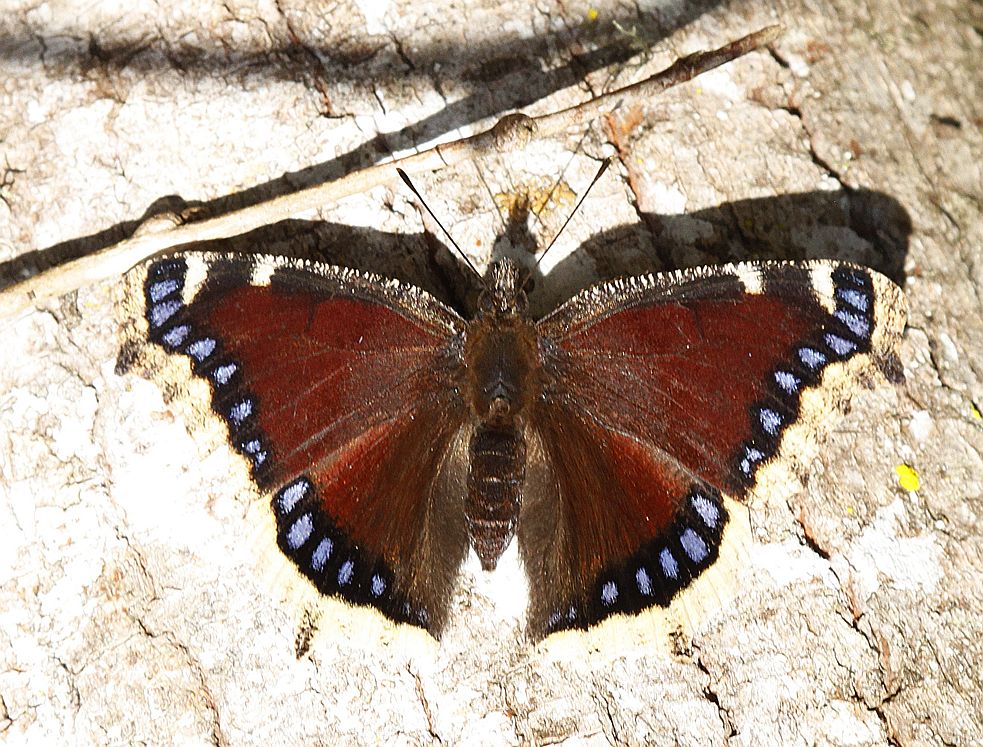
 Mourning Cloak Nymphalis antiopa (Lep.: Nymphalidae) Libby Avis
Mourning Cloak Nymphalis antiopa (Lep.: Nymphalidae) Libby Avis
Val George writes: This small (c. 13mm shell diameter) snail was in my garden in Oak Bay yesterday, Nov 8 – not one I’ve seen there before. I know nothing (actually, less than nothing if that’s possible) about snails, but I thought I might as well take a shot at identifying it; my best guess is Oxychilus draparnaudi. Jeremy Tatum responds: Well, I don’t know much about them, either, but I don’t think there’s much doubt about this one! If any malacologist out there thinks differently, let us know!
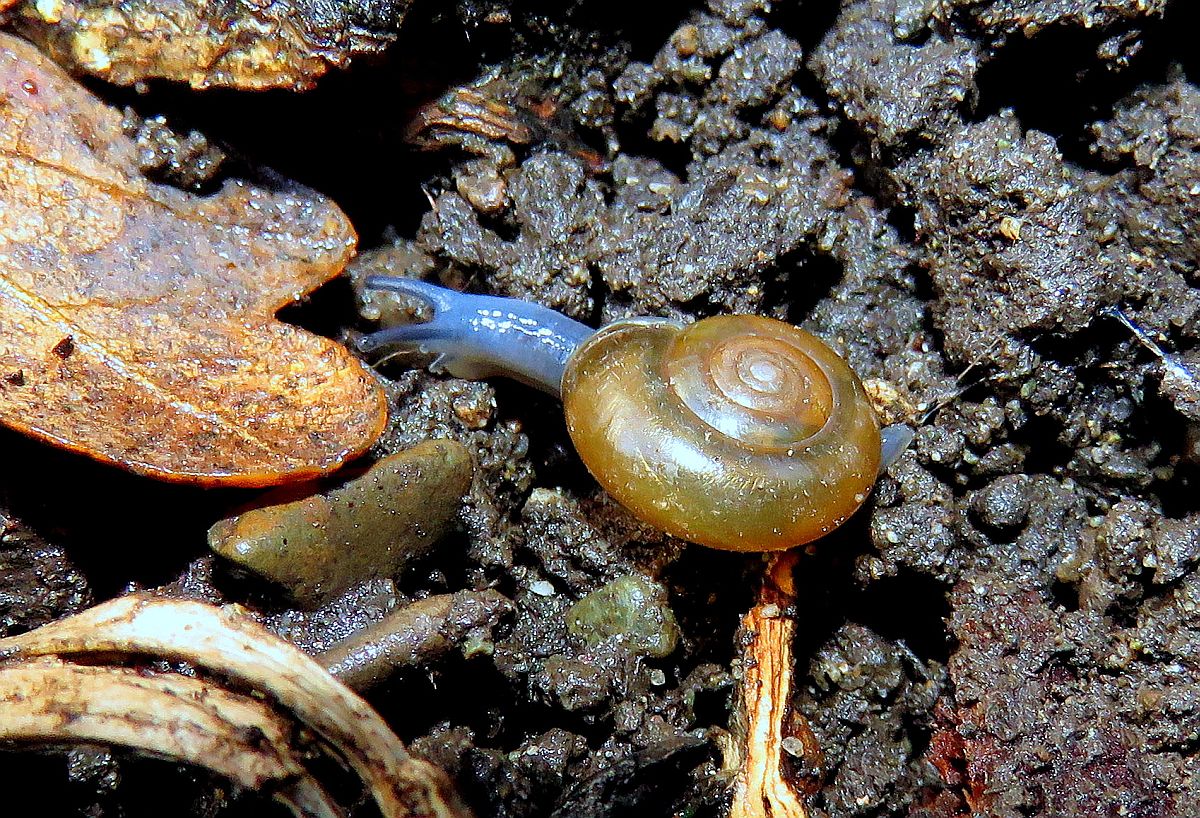
 Dark-bodied Glass-snail Oxychilus draparnaudi (Pul.: Daubebariidae) Val George
Dark-bodied Glass-snail Oxychilus draparnaudi (Pul.: Daubebariidae) Val George
Jeremy Tatum writes: This large spider was on the wall of the Elliott building at UVic this morning (November 9). 21 mm from front of head to tip of abdomen. Thank you, Robb Bennett, for identifying it for us as a female Callobius severus. We have had this spider on Invert Alert once before – in 2011, when Ann Nightingale found one in her shoe just as she was about to put it on.
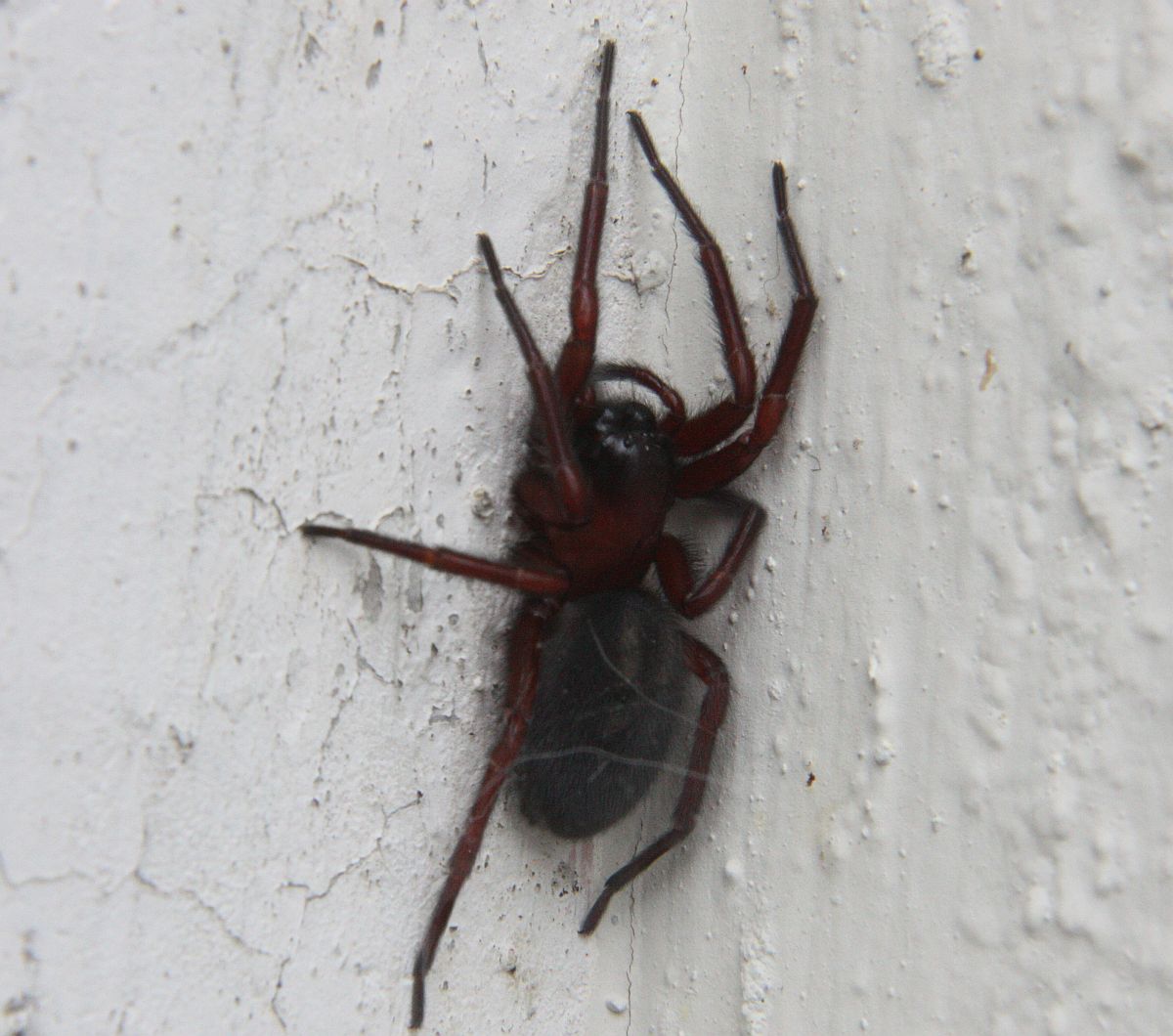
 Callobius severus (Ara.: Amaurobiidae) Jeremy Tatum
Callobius severus (Ara.: Amaurobiidae) Jeremy Tatum

